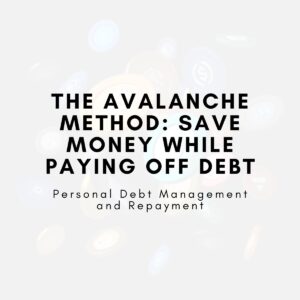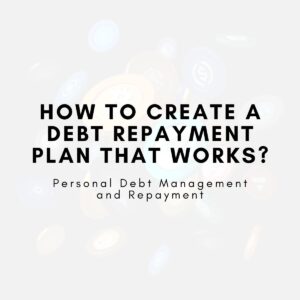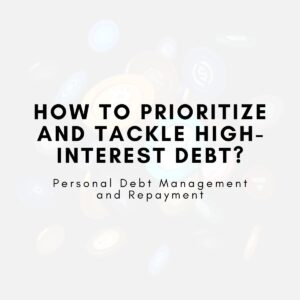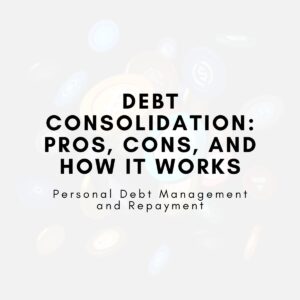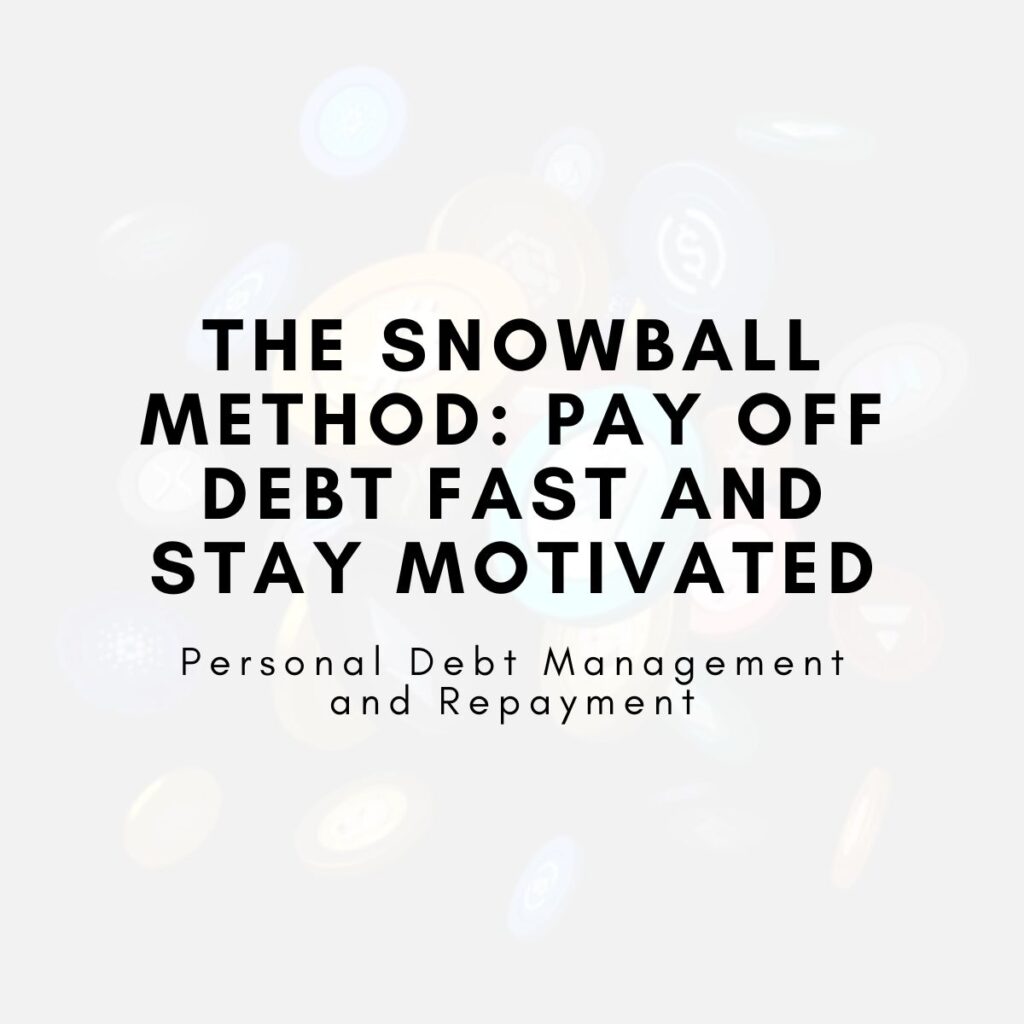
How can you use the Snowball Method to pay off debt fast and stay motivated?
The Snowball Method is a popular and effective strategy for paying off debt, especially for those seeking quick wins. By focusing on the smallest debt first and gradually moving up to larger ones, you can gain momentum, boost your motivation, and eliminate debt more quickly. In this guide, we’ll explore how to use the Snowball Method, its benefits, and how it can help you become debt-free faster.
Summary Table: The Snowball Method: Pay Off Debt Fast and Stay Motivated
| Step | Action | Example |
|---|---|---|
| 1. Understand the Snowball Method | Focus on paying off the smallest debt first while making minimum payments on others. | Start with paying off a $3,000 credit card debt before moving to a $5,000 personal loan. |
| 2. List All Debts | List all debts, including balances, interest rates, and minimum payments. | Create a list of debts: Credit Card ($3,000, 18%), Student Loan ($20,000, 5%), Personal Loan ($5,000, 7%). |
| 3. Prioritize Smallest Debt | Pay off the smallest debt first to gain momentum and motivation. | Focus on the $3,000 credit card debt first to pay it off faster. |
| 4. Make Minimum Payments | Continue making minimum payments on all other debts while targeting the smallest debt. | Pay the minimum payment for the student loan and personal loan while focusing on the credit card debt. |
| 5. Apply Extra Funds to Smallest Debt | Allocate any extra funds to the smallest debt to speed up repayment. | Use $200 extra monthly to pay off the $3,000 credit card debt faster. |
| 6. Move to Next Debt | Once the smallest debt is paid off, move to the next smallest, applying the same strategy. | After paying off the credit card debt, use the freed-up $300 to pay off the $5,000 personal loan. |
| 7. Track Progress | Use apps or spreadsheets to track your repayment progress and stay motivated. | Use Mint or a similar app to track how much you’ve paid off and how much is left. |
| 8. Celebrate Milestones | Celebrate paying off each debt to maintain motivation. | Reward yourself with a small, affordable treat, like a dinner out, after paying off each debt. |
| 9. Challenges of Snowball Method | Acknowledge the slower progress on larger debts and higher interest costs on smaller debts. | A $20,000 student loan at 5% interest may take longer to pay off while focusing on smaller debts first. |
| 10. Staying Committed | Stay disciplined, track your progress, and celebrate small wins to maintain motivation. | Regularly update your budget and debt tracker to stay on course. |
This table summarizes the key steps of the Snowball Method, including the actions to take and real-life examples to help guide you in paying off debt quickly while staying motivated.
Introduction
When you’re struggling with multiple debts, it can feel like an insurmountable challenge to get ahead. The interest rates, the balances, the constant juggling—it’s overwhelming. However, the Snowball Method is a debt repayment strategy designed to help you pay off your debts faster and with greater motivation. It focuses on paying off the smallest debt first, which can create a snowball effect, allowing you to gain momentum and tackle larger debts over time.
In this post, we’ll break down the Snowball Method, why it works, and how to implement it effectively to pay off your debt faster and stay motivated throughout the process. Whether you have credit card debt, student loans, or personal loans, the Snowball Method can help you regain control of your financial future.
1. Understanding the Snowball Method
The Snowball Method is a debt repayment strategy that focuses on paying off your smallest debt first while making minimum payments on your other debts. Once the smallest debt is paid off, you move on to the next smallest, and so on. The method derives its name from the way the process builds momentum, just like a snowball rolling downhill.
Why the Snowball Method Works?
The Snowball Method works because it provides psychological benefits. By paying off smaller debts quickly, you get a sense of accomplishment that motivates you to continue. This sense of progress makes the larger debts feel more manageable, and you’re more likely to stick with the repayment plan.
Example of the Snowball Method
Let’s say you have the following debts:
- Credit Card Debt: $3,000 at 18% interest
- Student Loan: $20,000 at 5% interest
- Personal Loan: $5,000 at 7% interest
Under the Snowball Method, you would focus on paying off the credit card debt first because it’s the smallest balance. Once it’s paid off, you would move on to the next smallest debt, the personal loan, and finally tackle the student loan.
2. Steps to Implement the Snowball Method
Implementing the Snowball Method is straightforward, but it requires discipline and commitment. Here’s how to get started:
Step 1: List All Your Debts
Begin by listing all of your debts, including credit cards, student loans, personal loans, and any other outstanding financial obligations. Make sure to include the balance, interest rate, and minimum payment for each debt.
Step 2: Prioritize the Smallest Debt
Once you have a list of all your debts, prioritize the one with the smallest balance. This will be the debt you focus on first.
Step 3: Make Minimum Payments on All Other Debts
While you focus on the smallest debt, continue making minimum payments on all other debts. This ensures that you avoid late fees and penalties while you tackle your smallest debt.
Step 4: Allocate Extra Funds to the Smallest Debt
If possible, allocate any extra funds you have to the smallest debt. This will help you pay it off faster.
Step 5: Move to the Next Smallest Debt
Once you’ve paid off the smallest debt, take the amount you were paying toward that debt and apply it to the next smallest debt. This creates a snowball effect as the amount you can pay off increases.
Step 6: Repeat the Process
Continue moving through your list of debts, paying off each one as you go. With each debt you eliminate, your available funds for the next debt increase, helping you pay off your debt faster.
Example:
If you paid off your $3,000 credit card debt, you would take the $300 you were paying each month toward that debt and apply it to your $5,000 personal loan. This allows you to pay off the personal loan faster, and once it’s gone, you move to the student loan.
3. Benefits of the Snowball Method
The Snowball Method offers several benefits, particularly for those who struggle with motivation or need a psychological boost to keep going.
Psychological Benefits
- Quick Wins: By focusing on the smallest debt first, you experience quick wins, which provide a sense of accomplishment. These wins keep you motivated to continue.
- Boosted Confidence: As you pay off one debt after another, your confidence increases, making it easier to stay committed to the plan.
Financial Benefits
- Improved Cash Flow: Once a debt is paid off, the amount you were paying toward that debt is freed up to tackle larger debts.
- Increased Focus: The Snowball Method helps you focus on one debt at a time, reducing the complexity of managing multiple debts.
Example:
After eliminating a $3,000 credit card debt, you may feel more confident about tackling a $5,000 personal loan, knowing that you’re already on your way to being debt-free.
4. The Challenges of the Snowball Method
While the Snowball Method has many benefits, it may not be the best option for everyone. Some of the challenges include:
Higher Interest Costs
The Snowball Method doesn’t prioritize high-interest debt, which can result in paying more interest over time. If you have high-interest debts, you might end up paying more than if you used a different method, such as the Debt Avalanche Method.
Slower Progress on Larger Debts
Because the Snowball Method focuses on small debts first, it can take longer to pay off larger debts, especially if they have high interest rates.
Example:
If you have a $20,000 student loan with a 5% interest rate and a $3,000 credit card debt with an 18% interest rate, paying off the credit card debt first may result in paying more in interest in the long run.
5. How to Stay Motivated with the Snowball Method?
Staying motivated is one of the biggest challenges when it comes to debt repayment. The Snowball Method can help, but there are also additional strategies you can use to stay on track:
Track Your Progress
Use apps or spreadsheets to track your debt repayment progress. This visual representation of your success can be a powerful motivator.
Celebrate Milestones
Celebrate each milestone, whether it’s paying off a small debt or reaching a halfway point with a larger one. Reward yourself in small, inexpensive ways to stay motivated.
Accountability Partner
Consider finding an accountability partner—someone who can check in with you regularly to help you stay on track and provide encouragement.
Example:
Celebrate paying off your $3,000 credit card debt by treating yourself to a small reward, like a movie night or a favorite meal, without breaking your budget.
Conclusion
The Snowball Method is a powerful and effective strategy for paying off debt, especially for those who need a boost of motivation. By focusing on the smallest debt first and working your way up, you can build momentum and eliminate debt faster. While it may not always be the most cost-effective method, it can help you regain control of your finances and get closer to being debt-free. The key to success is staying disciplined, committed, and celebrating your wins along the way.
Key Takeaways
- The Snowball Method focuses on paying off the smallest debt first, providing quick wins and motivation.
- List all your debts, prioritize the smallest one, and make minimum payments on others.
- Once the smallest debt is paid off, apply that payment to the next smallest debt.
- Stay motivated by tracking progress, celebrating milestones, and finding an accountability partner.
- While the Snowball Method can be slow, it’s an effective way to build momentum and reduce debt faster.

